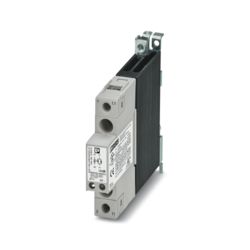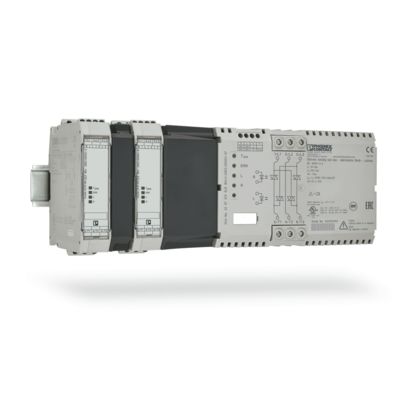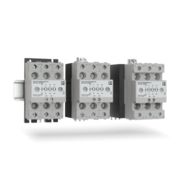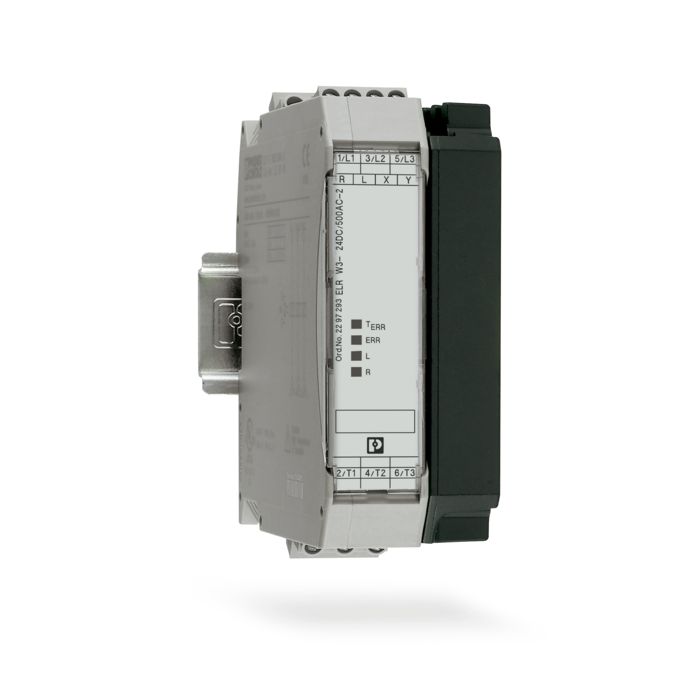
Single-phase solid-state contactor, input voltage: 24 V DC, output current: 20 A, zero voltage switch


Solid-state contactors are far superior to mechanical contactors in terms of switching speed, service life, and robustness. Solid-state contactors work reliably and with stable switching times in dusty or chemically aggressive atmospheres. They switch resistive and inductive loads silently and without wear. The solid-state contactors in the CONTACTRON series are available for single- and three-phase networks and, depending on the type, also provide a reversing function.

Single-phase solid-state contactor, input voltage: 24 V DC, output current: 20 A, zero voltage switch

Electronic reversing load relay, for direct driving of equipment in the 3-phase network, with light indicator and protection circuit, output: 110-550 V AC/3 x 9 A

3-phase solid-state contactor, input voltage: 24 V DC, output current: 20 A, zero-voltage switch

3-phase solid-state contactor, input voltage: 24 V DC, output current: 30 A, zero-voltage switch

3-phase solid-state contactor, input voltage: 24 V DC, output current: 10 A, zero-voltage switch

Single-phase solid-state contactor, input voltage: 24 V DC, output current: 30 A, zero voltage switch

Single-phase solid-state contactor, input voltage: 24 V DC, output current: 50 A, zero voltage switch

Three-phase solid-state reversing contactor with 24 V DC input, 2 A output current, zero voltage switch, optionally with thermal fuse

Single-phase solid-state contactor, input voltage: 230 V AC, output current: 30 A, zero voltage switch

Single-phase solid-state contactor, input voltage: 230 V AC, output current: 50 A, zero voltage switch

Solid-state contactors switch different loads in industrial environments silently and wear-free. Benefit from high switching frequencies and load-free switching in zero crossing mode with a narrow width.

Interference-free switching in the power grid: solid-state contactors from Phoenix Contact only switch in zero crossing mode. This means that no high-frequency interfering pulses are generated.
Additional advantages in the field: